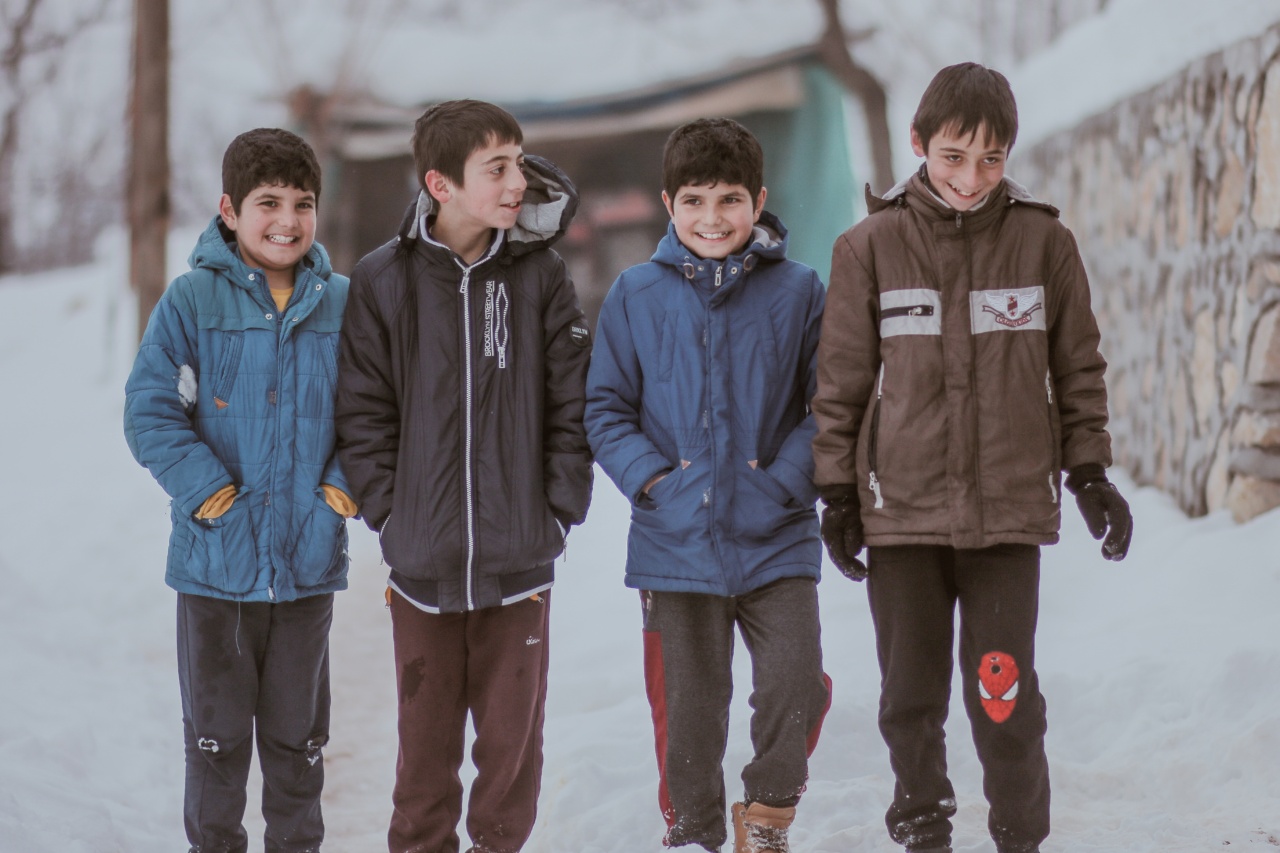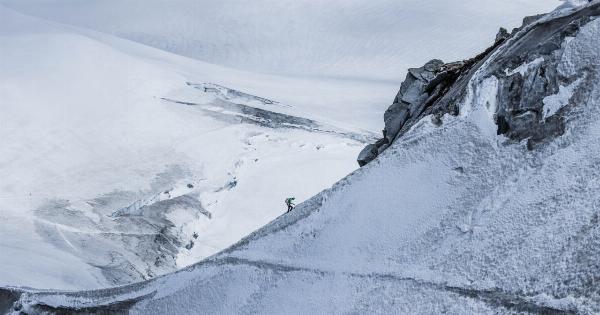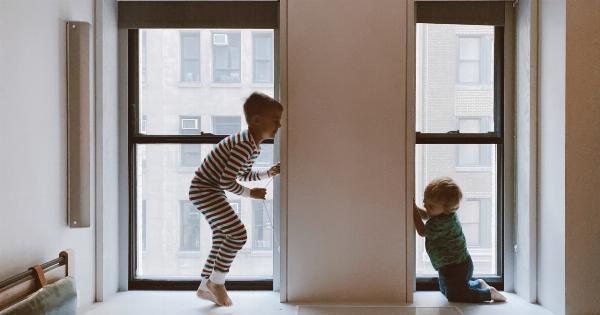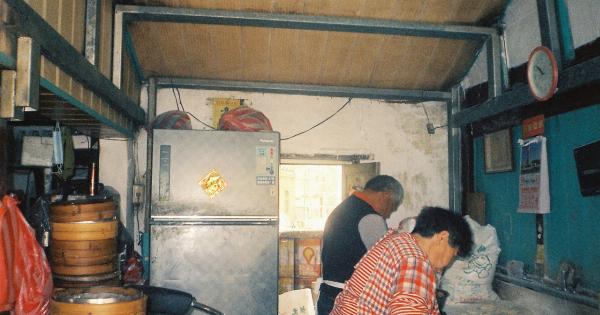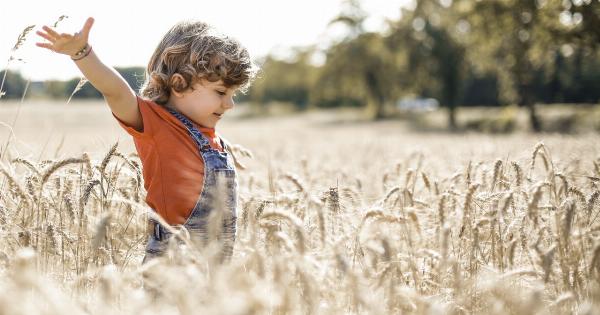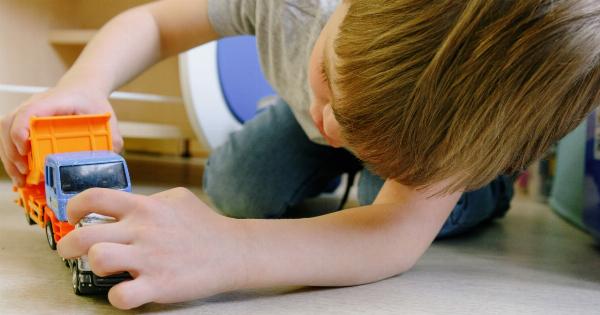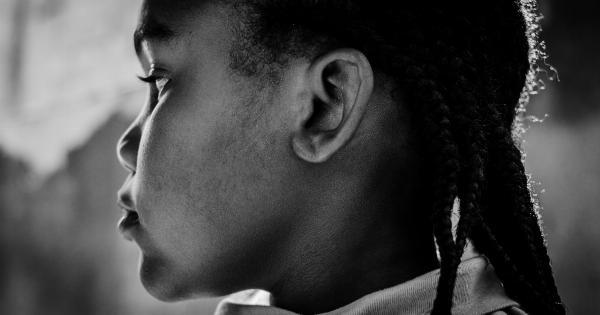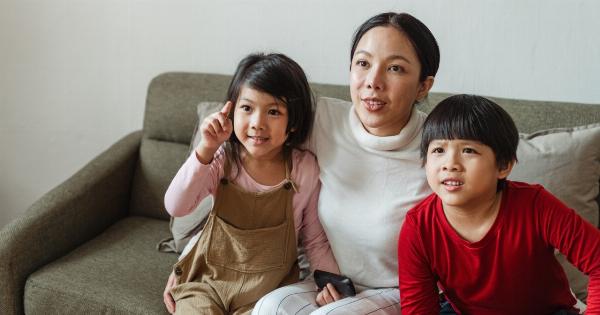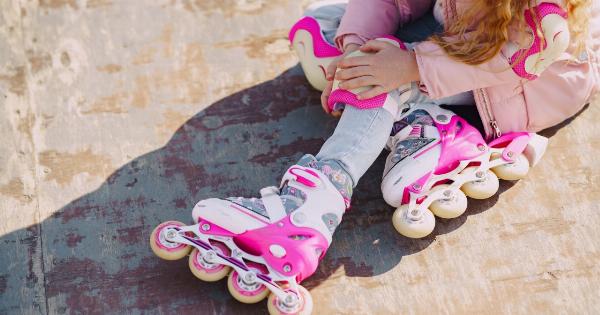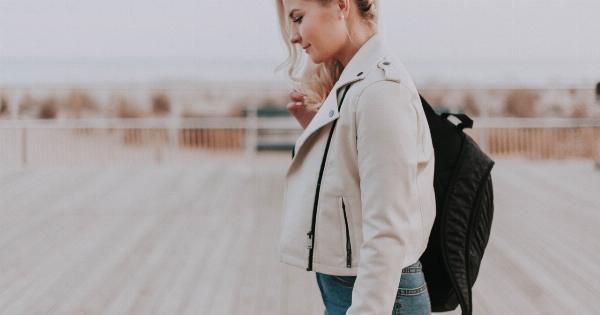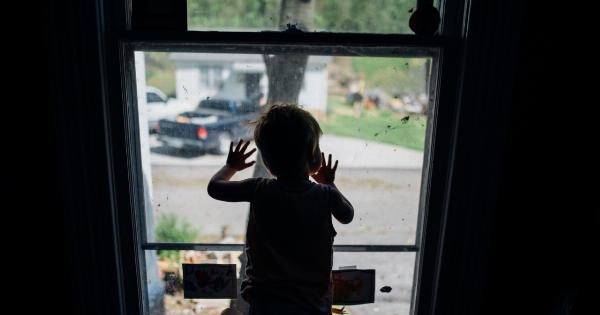Winter is a magical time for children, with all the snowballs, hot cocoa, and snowmen. However, the season also brings potential dangers that can pose risks to your child’s health and safety.
As a parent, it is your responsibility to keep your children safe while still allowing them to enjoy the winter wonderland. Here are four secrets to keeping your child safe during the winter season:.
Dress Them in Layers
One of the most important things you can do for your child during winter is to keep them warm. Dress them in layers, starting with a moisture-wicking base layer, followed by a warm middle layer, and a waterproof outer layer.
Make sure they are wearing mittens, a hat, and a scarf to protect their extremities. Layering will help your child maintain their body temperature, which is crucial in cold weather.
Teach Them Safe Skating Techniques
Ice skating is a fun winter activity, but it can also be dangerous if your child doesn’t know how to skate properly. Teach your child how to skate safely by starting with simple techniques, such as how to balance and march on the ice.
Always make sure your child is wearing a helmet while skating and never leave them unsupervised on the ice. Encourage your child to skate in designated areas that are free from hazards.
Sled Safely
Sledding is a popular winter activity that can be enjoyed by both children and adults. However, sledding can also be hazardous if not done correctly. Make sure your child is wearing a helmet while sledding and always supervise them.
Teach your child how to sled safely by showing them how to hold the sled and how to slow down or stop if necessary. Avoid sledding on hills that are too steep or have obstacles in the way. Choose designated sled areas that are safe for children.
Prevent Frostbite and Hypothermia
Exposure to cold temperatures can cause serious medical conditions such as hypothermia and frostbite. Frostbite occurs when the skin and underlying tissue freeze, while hypothermia is when the body’s core temperature drops below normal.
To prevent these conditions from occurring, make sure your child takes frequent breaks indoors to warm up. Always check for signs of frostbite, such as numbness, tingling, or pain in the extremities. If you suspect your child has frostbite or hypothermia, immediately seek medical attention.
Remember, winter is a magical time for children with all the fun activities and celebrations. However, it is important to keep safety in mind while enjoying the snowy wonderland.
By dressing your child in layers, teaching them safe skating techniques, sled safely, and preventing frostbite and hypothermia, you can ensure your child enjoys winter in a safe and healthy manner.
